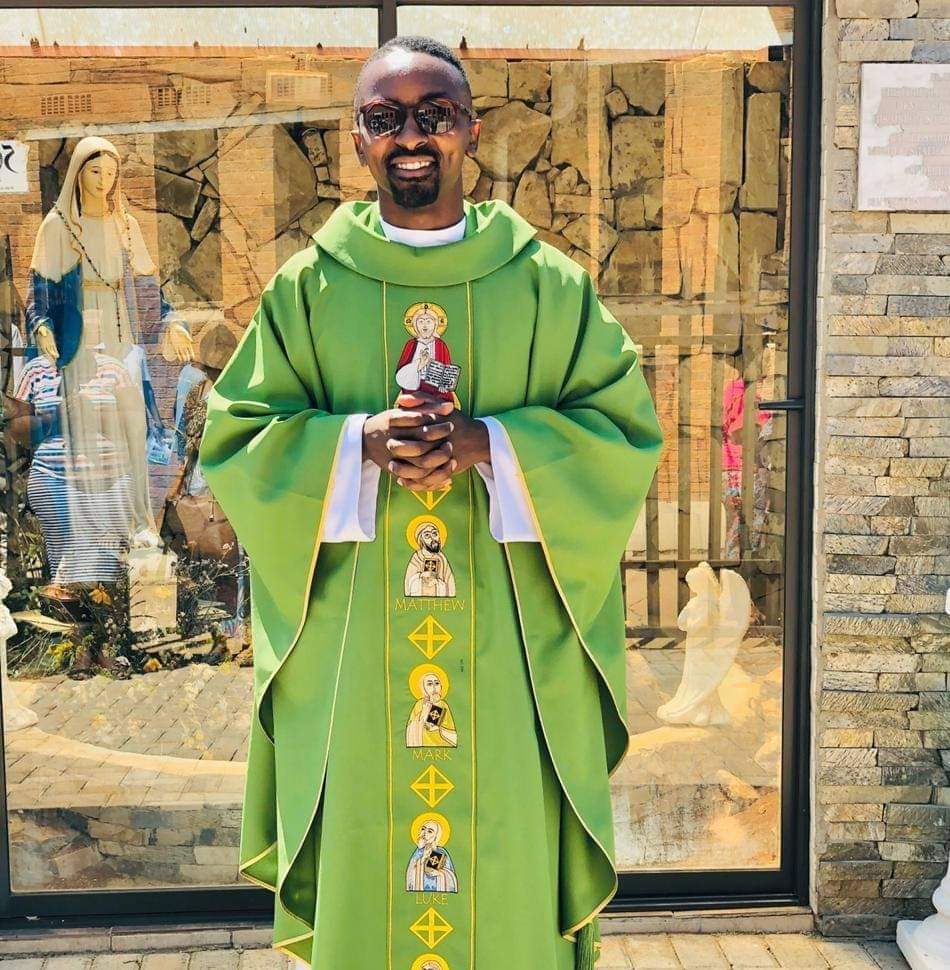5 star review!
A serene place of worship for Sunday Masses!
The youth and the adults of the parish are very welcoming. The quality of the music is top notch! 😩🤞🏽🔥
About Us
St Philip Neri Catholic Church is a Catholic parish that was built in 1962 and opened its doors in May 1962.It serves mostly the communities of Moletsane, Tladi, Naledi, Naledi Ext, Jabulani, Jabulani Flats, Emdeni and other surrounding areas around Moletsane township in Soweto. It is named after Saint Philip Neri, an Italian priest who is also known as the Second Apostle of Rome after St Peter.

















